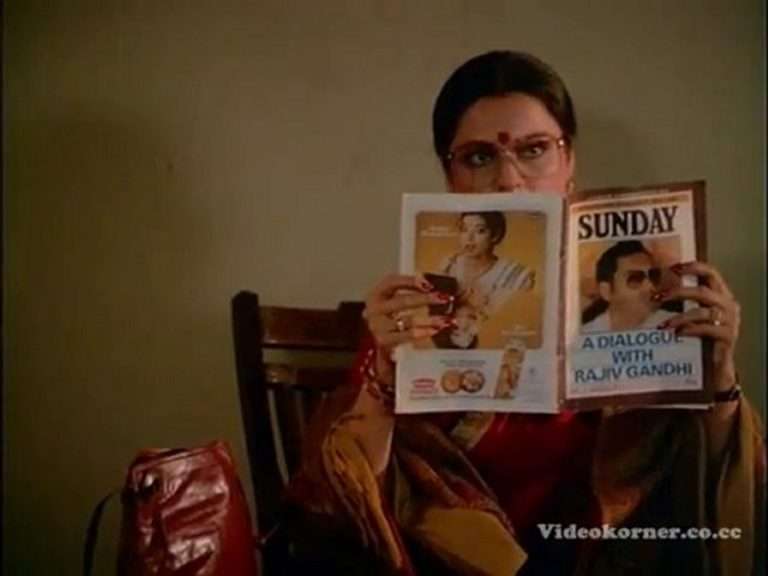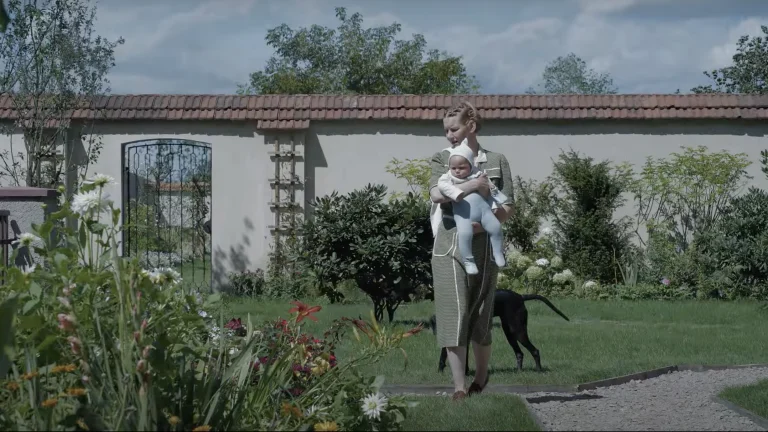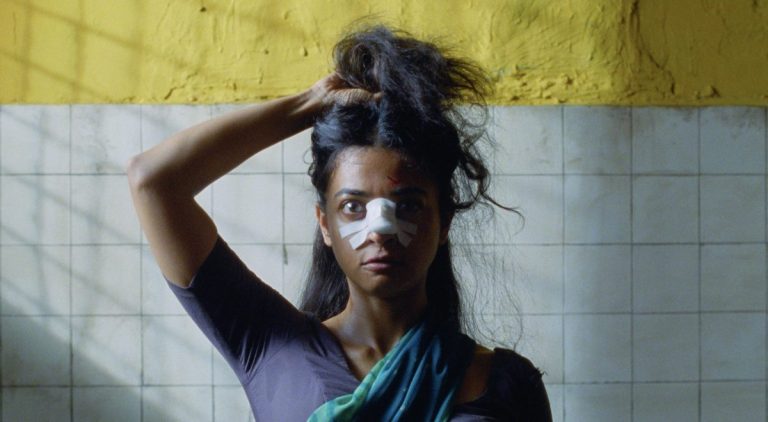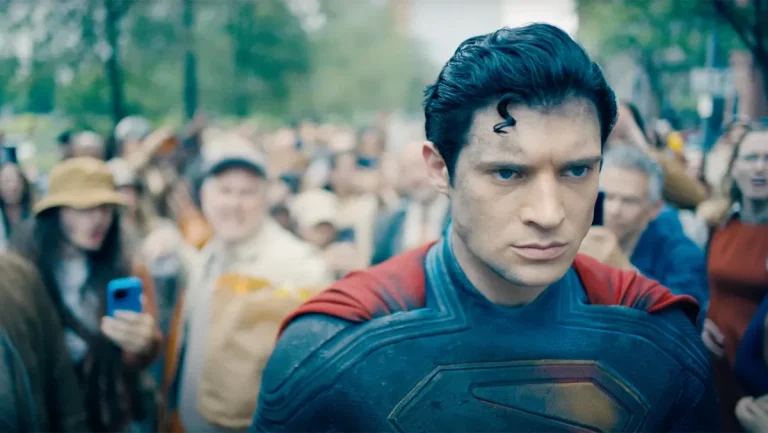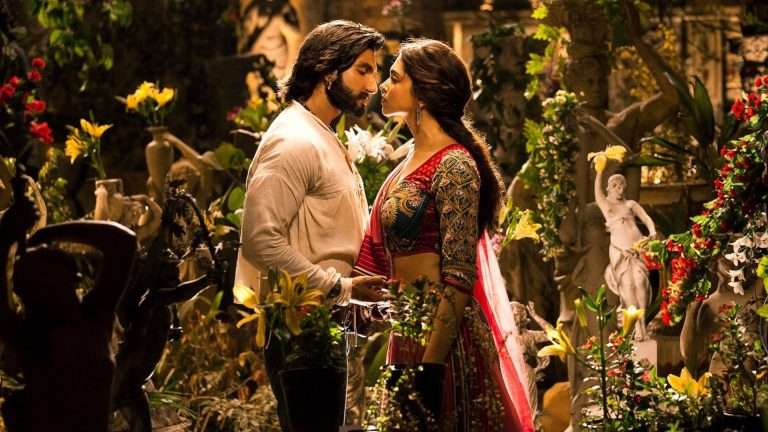The latest adaptation of a famous French novel has a very high production value, but it struggles to create credible stakes. Revisiting French classics is becoming a habit for French producer Dimitri Rassam, who already brought “The Three Musketeers” Part 1 and 2 onto the screens earlier this year. “The Count of Monte Cristo,” also written by 19th-century novelist Alexandre Dumas, was possibly even more challenging to adapt: its premise is probably known by half of the French, and expectations for the film were high.
The story follows the young Edmond Dantes, a naive and pure-hearted man who is framed as a pro-Napoleon spy by jealous rivals in early 19th-century France. Imprisoned and forgotten by all, a fellow prisoner gives Dantes the location of a mythical treasure, and after escaping his cell, he manages to collect the gold. Once back on the mainland, the man who now adopts the identity of the mysterious Count of Monte Cristo has only one goal: to enact revenge on those who stole his life.
Nearly two centuries after its publication, the novel still holds the test of time thanks to Edmond Dantes’ incredible quest, which almost makes him the original caped crusader. However, the book also remains popular because it raises vital questions about the notion of justice and an individual’s “right” to vengeance. Its themes are simple, and despite being 1400 pages long, the main storyline is straightforward. This simplicity made Monte Cristo extremely powerful and allowed the novel to be a bestseller across the globe. A new adaptation of the “Count of Monte Cristo” seems very relevant today since the latest one was dated 2002. It was an American movie starring Jim Caviezel, which erased many sub-plots.
The 2024 film is distinctively more French and stars famous actor Pierre Niney, who is a fan-favorite in France, as the dramatic hero. Local actress Anaïs Demoustier plays his love interest, the tormented Mercedes, while Bastien Bouillon, Patrick Mille, and Laurent Lafitte are Monte Cristo’s sworn enemies. For French viewers, this casting sounds extremely promising, and the movie’s “star power” definitely helped to make it a major box-office success. It can also be praised for putting forward rising French actresses and actors in supporting roles. As for Pierre Niney, the actor explained that he had become very invested in the character and went through extensive physical training for the part, even taking free-diving classes. His version of Monte Cristo is grittier, and the count is here a highly competent fighter, closer to an action hero than to an elusive agent of karma.
This change matches the tone of the 2024 adaptation: despite its French roots, the film borrows a lot from Hollywood blockbusters. Its costumes and set design are a total pleasure to watch, mixing historical accuracy with more contemporary references. The inside of the Count’s palace is especially spectacular, to the point where high-budget Hollywood period dramas have nothing on it. The scenery wordlessly tells the story of Dantes’ trips to the East and how they affected his view of the world.
The costumes worn by characters are also gorgeous, with the gowns of Monte Cristo’s protégée Haydee (Anamaria Vartolomei) even reflecting her degrading mental state. The production value of “The Count of Monte Cristo” is definitely one of the film’s strongest selling points. This is rare in French cinema and highlights Dimitri Rassam’s decision to create his own “brand” of local blockbusters and to offer high-budget, actionised versions of French classics. The idea has proved very successful so far – Monte Cristo is already a box office hit in France – and this is an interesting way to tell a well-known story.

However, transforming “The Count of Monte Cristo” into an action film involved erasing many plot points and replacing them with fight scenes, which in turn deconstructs some of the stakes. The balance between action and emotion is hard to find, and in recent years, inserting fight scenes to “engineer” on-screen drama has become increasingly tempting for producers. Unfortunately, “The Count of Monte Cristo” sometimes falls prey to this. In the movie, the fights never feel like the result of a growing, pre-existing tension; instead, they are used as a cheap substitute to create it. The result is that many duels feel forced and out of place, especially towards the end, where a customary sword fight against the main antagonist pales in comparison to the karmic punishments of the original story.
Another side effect of this tonal shift is a reliance on over-dramatization: situations have to be depicted as desperate to create some proper stakes. As a result, a few plot points are artificially dramatized throughout the film. A simple example is the circumstances of Dantes’ arrest. In the book, he is arrested after he and Mercedes get engaged, whereas the movie changes the circumstances of his arrest to their wedding, having him dragged away from the altar. This minor tweaking of the story, one of many, comes across as a little over-the-top – especially since Edmond’s love for Mercedes has already been established. Similarly, while the editing offers some gorgeous shots, an overuse of fades to black makes transitions seem a little outdated and more suited to an edgy action film – an involuntary call-back to French historical actioner “Brotherhood of the Wolf” (2001).
The need to constantly see something happen on screen also leads to a Flanderization of characters. Despite Pierre Niney’s best efforts and the cast’s dedication, most background protagonists lack their own stakes and personality. The Count’s adoptive children, Haydée and André (Anamaria Vartolomei and Julien de Saint-Jean), do question Dantes’ attachment to revenge. Still, their goals are very similar to his for most of the movie, and they thus struggle to exist on their own. As for Mercedes, Dante’s real love is not given much focus, and she primarily serves as a love interest, like too many women in action movies. The film not only looks like a blockbuster but also shares some of the genre’s common flaws.
As a result, “The Count of Monte Cristo” has a hard time establishing serious stakes. Overall, the movie is a more polished version of the Three Musketeers’ duology: it is an actionised blockbuster with stunning visuals, which seeks to appeal to a wide audience more than to the fans of the book. An epic story of adventure and revenge, this adaptation is worth a watch, and the lack of proper stakes does not ruin the fun, but there is untapped potential here. If Dimitri Rassan keeps adapting French classics (“Les Misérables,” which is already a stage production and could be a good choice), he will hopefully strike the right balance between style and substance next time around.

